In the hushed stillness of a winter morning, when the thermometer dips below -15°C, nature unveils one of its most exquisite mathematical masterpieces: the snowflake. These delicate ice crystals, no two alike, embody a paradox of fragility and precision that has captivated scientists, artists, and philosophers for centuries. Their hexagonal symmetry and fractal branching patterns emerge from the chaotic dance of water vapor and temperature, a testament to the hidden order within nature’s whims.
The Birth of a Snowflake: Where Physics Meets Poetry
At its core, every snowflake begins as a speck—a mote of dust or pollen suspended in the clouds. When the air is cold enough, water molecules latch onto this nucleus, arranging themselves into a hexagonal lattice. This geometry is dictated by the hydrogen bonds between water molecules, a microscopic blueprint that cascades into the snowflake’s visible structure. As the crystal falls through varying pockets of humidity and temperature, its growth accelerates or slows, its branches splitting and kinking in response. The result is a fractal marvel: a shape that repeats its patterns at ever-smaller scales, yet never quite symmetrically.
Kenneth Libbrecht, a physicist at Caltech, has spent decades unraveling the secrets of snowflakes. His time-lapse photography reveals how subtle shifts in conditions—a 1°C drop, a gust of wind—can transform a simple hexagonal plate into a feathery stellar dendrite. "It’s like watching a symphony," he says. "Each note—the humidity, the temperature—changes the melody of the ice."
Why -15°C? The Sweet Spot for Snowflake Alchemy
The magic number of -15°C isn’t arbitrary. At this temperature, the supersaturation of water vapor in the air reaches a critical point where dendritic growth explodes. Warmer, and the snowflakes form simpler plates or columns; colder, and they become hollow needles or prisms. But at -15°C, the conditions are perfect for the intricate branching that defines iconic snowflakes. The ice crystals grow fastest along their six corners, sprouting sidearms that then fractalize further, like trees branching into twigs.
This process mirrors mathematical models of diffusion-limited aggregation (DLA), where particles follow random paths until they stick to a growing cluster. Yet snowflakes defy pure randomness—their structure is a negotiation between chaos and the rigid rules of crystallography. "They’re nature’s way of solving an optimization problem," explains mathematician Rachel Levy. "How to maximize surface area while conserving energy."
The Myth of Uniqueness and the Science of Patterns
The adage that no two snowflakes are alike is both true and misleading. Under identical lab conditions, researchers have grown near-identical twins. But in the wild, the variables are infinite: a snowflake might collide with a speck of sulfur, tumble through a pocket of warmer air, or fracture on its descent. These imperfections birth individuality. Still, snowflakes adhere to 35 broad classification categories—from sectored plates to capped columns—each a testament to the limited ways water molecules can stack in freezing air.
Wilson Bentley, the Vermont farmer who first photographed snowflakes in 1885, documented over 5,000 crystals without finding a duplicate. His black-and-white photomicrographs, painstakingly captured on a microscope adapted to a bellows camera, revealed a world previously visible only to poets. "Under the microscope, I found that snowflakes were miracles of beauty," he wrote. "It was a shame this beauty should not be seen and appreciated by others."
From Ice to Art: Snowflakes as Cultural Icons
Long before science demystified their formation, snowflakes held symbolic weight. In medieval Europe, they were emblems of divine geometry; in Japanese woodblock prints, they symbolized transience. The 17th-century astronomer Johannes Kepler penned an entire treatise pondering why snowflakes had six corners, concluding it must reflect a deeper universal harmony. Today, their imagery permeates holiday cards, textile patterns, and even quantum physics—where "snowflake" describes the arrangement of certain quasiparticles.
Contemporary artists like Andy Goldsworthy and Libbrecht himself have blurred the line between science and art, crafting installations or photos that highlight the snowflake’s ephemeral beauty. "They’re fleeting sculptures," Goldsworthy remarks. "A reminder that perfection exists in the momentary."
Climate Change and the Future of Snowflakes
As global temperatures rise, the -15°C sweet spot becomes rarer in many regions. Warmer winters produce wetter snow, denser flakes, or worse—rain. Researchers like Libbrecht warn that the most intricate dendritic forms may become relics in some areas, shifting snowflake biodiversity toward simpler structures. This isn’t just an aesthetic loss; snowflake morphology affects snowpack density, which in turn influences water supplies and avalanche risks.
Yet snowflakes also offer hope. Their formation is a case study in self-assembly, inspiring advances in materials science. Engineers mimic their fractal growth to design more efficient solar panels or lightweight aerospace materials. "Nature solved these problems first," says materials scientist Joanna Aizenberg. "We’re just learning to read the blueprints."
In the end, the snowflake is more than a winter whimsy. It’s a lesson in how constraints—a hexagonal lattice, the laws of thermodynamics—birth infinite creativity. As physicist Richard Feynman once mused, "Standing at the edge of a frozen lake, catching a snowflake on your mitten, you’re holding the universe’s answer to a boundary-value problem." And at -15°C, that answer is written in ice.
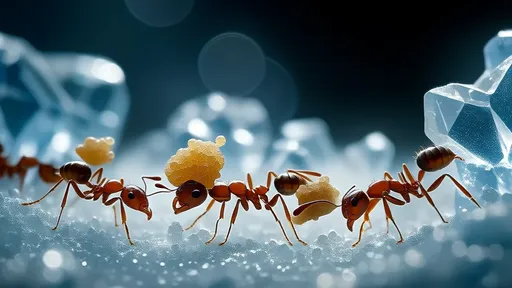
By /Aug 8, 2025

By /Aug 8, 2025

By /Aug 8, 2025
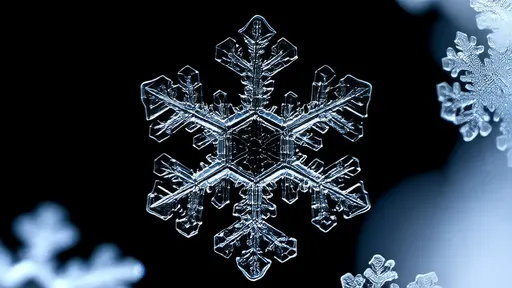
By /Aug 8, 2025

By /Aug 8, 2025

By /Aug 8, 2025
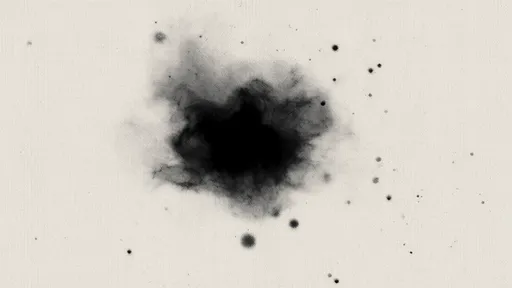
By /Aug 8, 2025
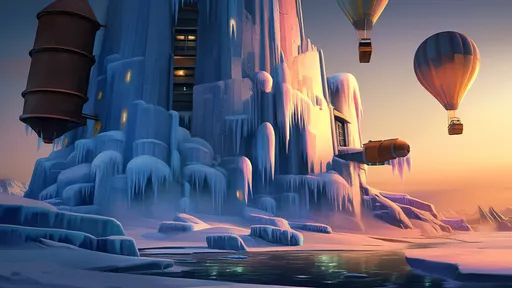
By /Aug 8, 2025
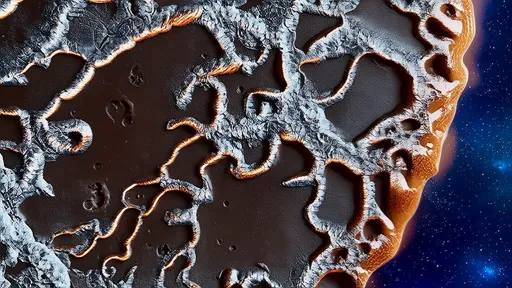
By /Aug 8, 2025

By /Aug 8, 2025

By /Aug 8, 2025

By /Aug 8, 2025

By /Aug 8, 2025

By /Aug 8, 2025

By /Aug 8, 2025

By /Aug 8, 2025
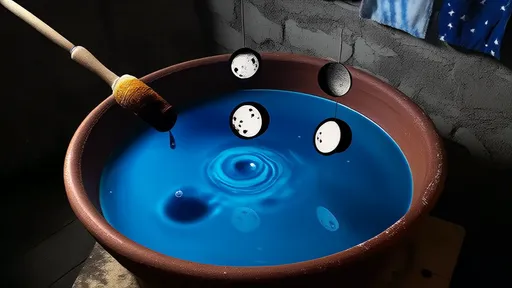
By /Aug 8, 2025
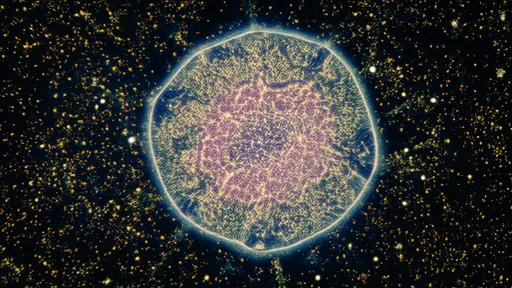
By /Aug 8, 2025
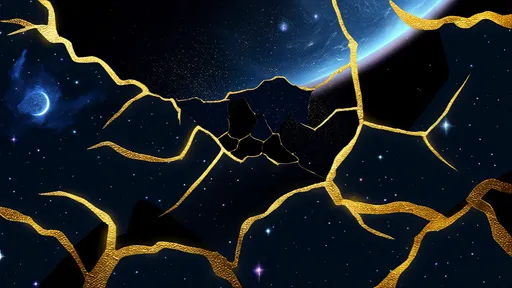
By /Aug 8, 2025

By /Aug 8, 2025